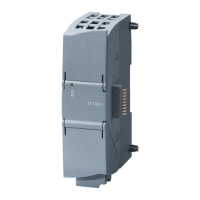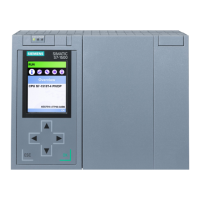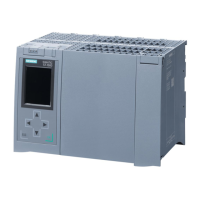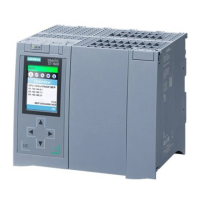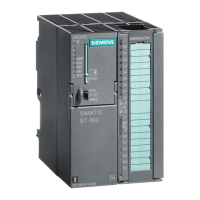Communication
10.2 PROFINET
S7-1200 Programmable controller
System Manual, 03/2014, A5E02486680-AG
535
UDP is a standard protocol described by RFC 768: User Datagram Protocol. UDP provides a
mechanism for one application to send a datagram to another; however, delivery of data is
not guaranteed. This protocol has the following features:
● A quick communications protocol, because it is very hardware-intimate
● Suitable for small-sized to medium data amounts (up to 1472 bytes)
● UDP is a simpler transport control protocol than TCP, with a thin layer that yields low
overheads
● Can be used very flexibly with many third-party systems
● Routing-capable
● Uses port numbers to direct the datagrams
● Messages are unacknowledged: The application is required to take responsibility for error
recovery and security
● Programming effort is required for data management due to the SEND / RECEIVE
programming interface
UDP supports broadcast communication. To use broadcast, you must configure the IP
address portion of the ADDR configuration. For example: A CPU with an IP address of
192.168.2.10 and subnet mask of 255.255.255.0 would use a broadcast address of
192.168.2.255.
The following instructions control the UDP communication process:
● TCON establishes the communication between the client and server (CPU) PC.
● TUSEND and TURCV send and receive data.
● TDISCON disconnects the communication between the client and server.
Refer to TCON, TDISCON, TSEND, and TRCV (Page 527) in the "TCP and ISO-on-TCP"
section for more information on the TCON and TDISCON communication instructions.

